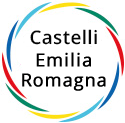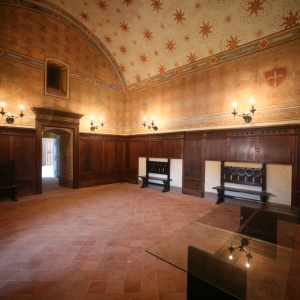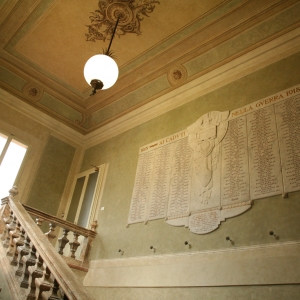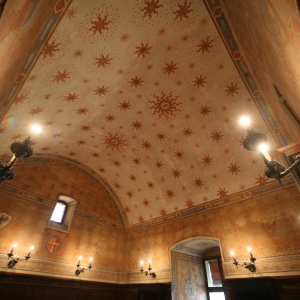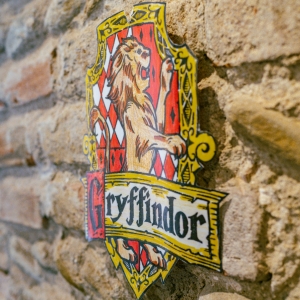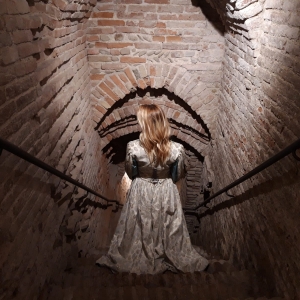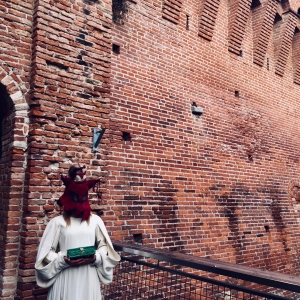Rocca Estense
The Rocca di Lugo took on a peculiar appearance somewhere between the 15th-century type with a quadrangular plan and the late 16th-century type of bastioned fortress.
On the external walls of the Rocca are numerous plaques, evidence of significant and often tragic historical events: two in honour of Giuseppe Garibaldi to the north, under the ancient balcony; one regarding the end of papal temporal power (1859) on the south-west bastion; a plaque in memory of Lugo Jewish families deported; one dedicated to Lugo patriots of the Risorgimento; one in honour of Giuseppe Compagnoni, "inventor of the tricolour"; one in memory of the Liberation from Nazi-Fascism near the entrance; finally, a plaque commemorating the burning decreed by the Inquisition for the Lutheran heretic Relencini in 1581.
Other plaques dedicated to the Resistance and to the civilian victims of the war of liberation are in the inner courtyard, while along the walls of the grand staircase are plaques dedicated to patriots of the Risorgimento and to Lugo's fallen soldiers in the Great War.Of particular interest and importance is also the Salone Estense, in the northern area of the Rocca, recently restored (width 6.80 m., length 18.80 metres, height at the intrados of the main beams 3.50 metres); built at the height of the Italian Renaissance, it was constructed by the Dukes of Este during the period of their stay in Lugo 1437 - 1598. Originally the hall consisted of two rooms: Camera and Sala, the smaller room was connected to the courtyard with a terracotta staircase, now highlighted with a steel and glass load-bearing roof. The peculiar wooden ceiling is embellished, in correspondence with the main load-bearing beams, with decorated wooden panels depicting coats of arms of the Signoria of the Dukes of Este as well as symbols of the so-called enterprises (territorial and agrarian reclamation, etc..) of Borso D'Este, also represented in the famous Borso's Bible decorated with precious miniatures by Taddeo Crivelli, Franco dei Russi and other miniaturists of the Ferrarese school, now preserved in the Biblioteca Estense Universitaria in Modena.The structure of the wooden ceiling consists of composite load-bearing beams, collaborating by means of saw-tooth joints and moulded brackets serving as supports. The perimeter of each supporting beam is enriched by a large corner frame, other smaller frames frame the joist system, transversally to the latter, in correspondence with the floor board, small frames are inserted to give a classical coffered appearance. Finally, at the main rafters, the ceiling is embellished with decorated wooden boards.

